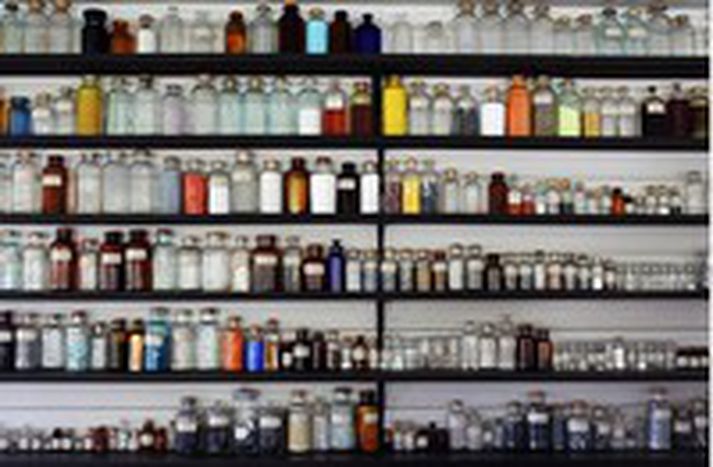
What REACH costs you
Published on
Translation by:
 eleanor forshaw
eleanor forshaw
The new European regulation on chemical substances is here, both for industries and animals. But research does not get the last word
Nice, but expensive. That is how REACH, the European legislation on chemical substances approved in December 2006 by the European Union, could be described. Standing for Registration, Evaluation, Authorisation and Restriction of Chemicals, REACH has already set a record: that of being the widest ranging regulative framework in the history of the European Union. With regards to the chemical sector, REACH also represents the most progressive legislation in the world for socio-economical impact, attention to public health and protection of the environment. But such legislation comes with a price.
'Over two million jobs cuts forecast in Germany alone'
The chemical industry will have the heavy responsibility of certifying the 30,000+ substances currently present in the market as well as all those that will be introduced in the future. Understandable, then, that ever since the beginning of the legislative steps, industrial leaders have shown their discontent. In 2002, a report financed by the Federation of German Industries (BDI) and issued by the Arthur D. Little management consultancy, maintained that, in Germany alone and in the worst case scenario, the introduction of REACH may lead to 2.35 million job cuts. Studies by the French Union for Chemical Industries came to a similar conclusion, quantifying France’s financial losses to 1.6% of the gross domestic product.
In 2003, the European Commission issued its own report. It came to a much more modest (and divided) conclusion. The report indicated that REACH would not have such a negative impact on the European chemical industry, and also took into account the numerous concessions agreed to for SMEs (small to medium enterprises). Direct costs falling to the European industry for completing the test procedures and registrations were estimated at 2.3 billion Euros over 11 years. Although this is high, it equates to only 0.05% of sales, (pharmaceutical products excluded). However, the very same European report estimated that, in thirty years’ time, the economical benefit of the measure in terms of public health would stand at 50 billion Euros. It's a strong argument that played a vital role in the overwhelming majority approval of the final text by the European Parliament. In 2005, the European Commissioner for Enterprise and Industry, Günther Verheugen, dismissed the figures previously used by the industry as 'exaggerated'.
Genome research: something for all
But the costs remain. On top of the increase in administrative procedures, the already high costs will continue to increase with the large number of specific tests required for the marketing of a chemical substance. According to the US National Toxicology Programme, testing a single substance today costs between 2 and 4 million dollars and requires an average of three years. And not only that, the Italian Anti-Vivisection League believes that up to 1,700 animals will be needed for each substance. It's an argument that has pushed the European Centre for the Validation of Alternative Methods (EVCAM) to reduce the number of tests and find incentives to develop alternative testing methods.
It has been known for some time now that tests on animals are soon to be abandoned. Indeed, in November 2005, the authoritative American scientific magazine Nature condemned animal testing as 'unable to provide precise data on toxicity for humans.'
And so all eyes turn to toxicogenomic research, which studies the effects of chemical substances on the genomes of human cells. In an interview with the Italian daily La Repubblica in January 2006, Claude Reiss, a molecular toxicologist who worked with the French CNRS (National Council for Scientific Research) for several years, calculated that REACH could effectively cost 'up to 5,000 Euros per substance.' According to Reiss, who is setting up a centre dedicated to toxicogenomic research, it would be possible to simultaneously test hundreds of substances, later reducing costs by 0.25 to 5%. A handsome deal for all involved, be it the industry, animal welfare or public health.
Translated from Reach, quanto mi costi


